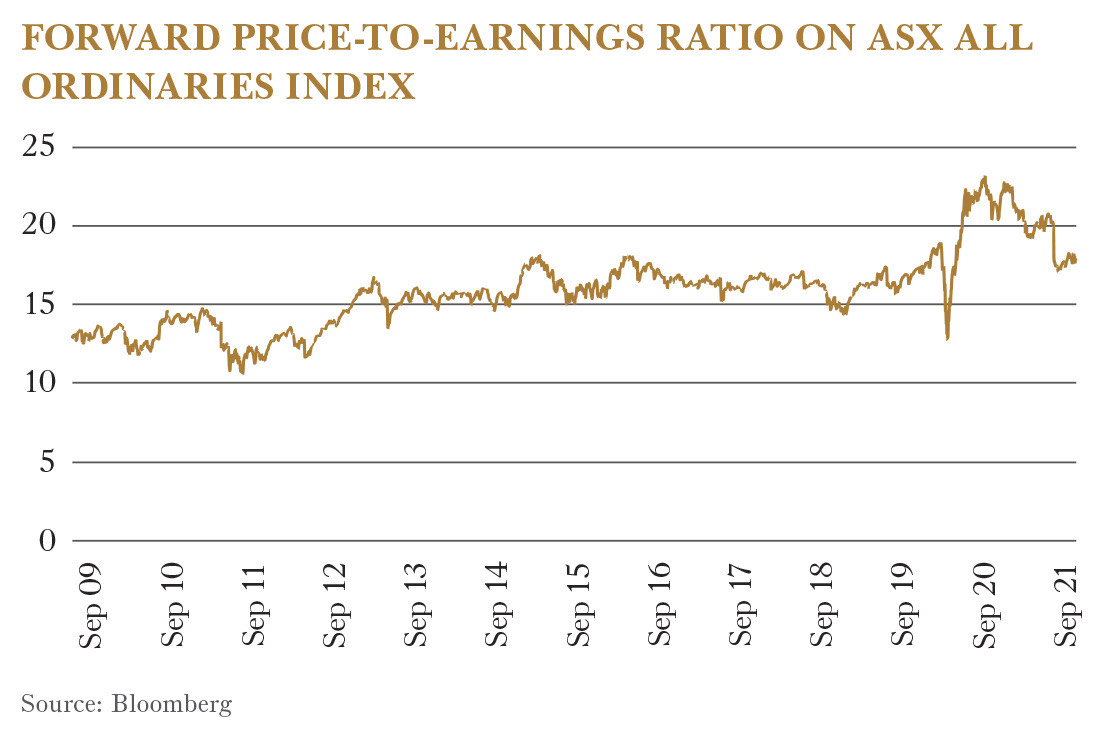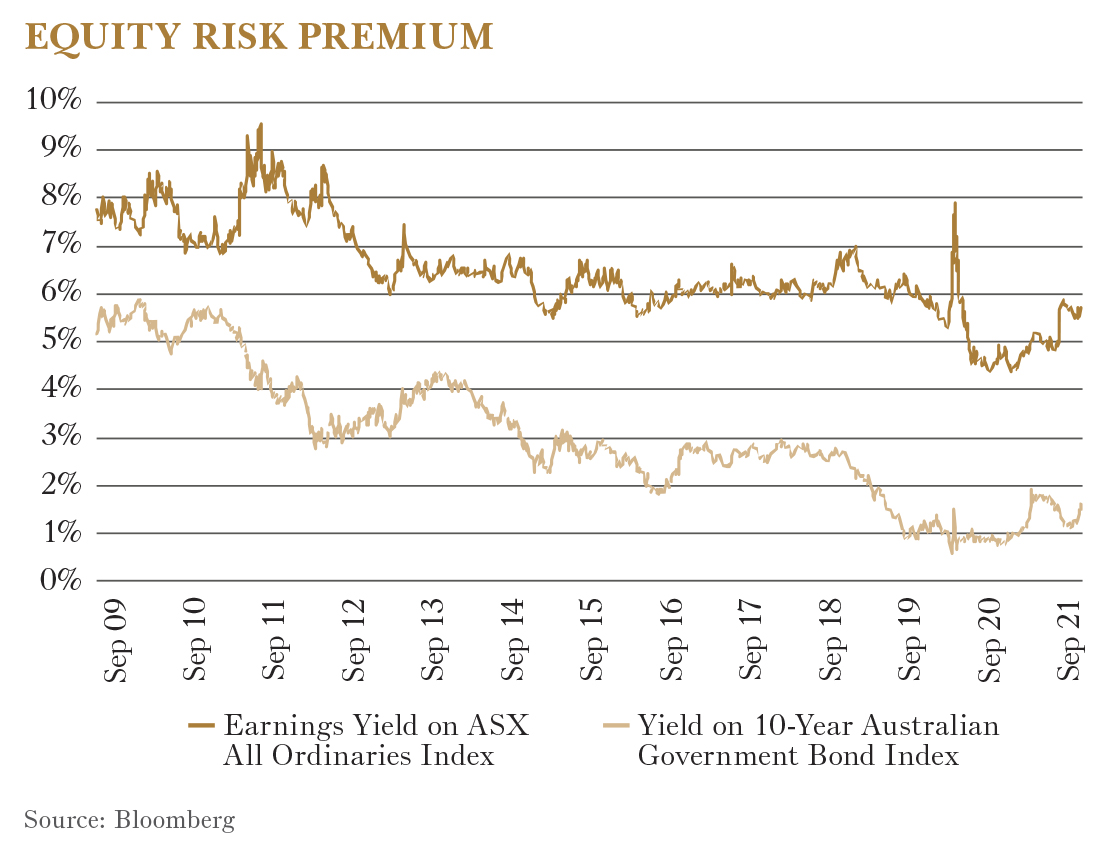Why now’s not the time for a Queen’s Gambit
Like millions of other people around the world, the combination of Netflix’s The Queen’s Gambit and a long time locked inside my home rekindled my interest in chess. I haven’t played much in the past 20 years and, even prior, my skill level was low.
It’s not dramatically better today. But it’s been great fun re-engaging with the chessboard. The tools available to a learner today are incredible. A relatively cheap subscription to Chess.com gives me hundreds of hours of lessons and training. I can play against dozens of computer personas that have remarkably human-like characteristics, with the key benefit that I don’t have to wait more than a few milliseconds for them to choose their moves.
Post-game analysis tells me which moves were good, best, mistakes or blunders. I can even have these tools available while playing against the program. Not sure which move to make? Use one of your three friendly hints.
I still can’t beat my 14-year old nephew at speed chess. But I’ve learned a lot.
The opening principles of chess are straightforward. Control the centre of the board. Get your knights and bishops into space. Protect your king. Follow those three principles and you won’t go too far wrong. That was all in Bobby Fisher Teaches Chess, written in 1984.
It has been the computer-suggested moves in the middle of the game where I have learned the most. Having done everything right for the first ten moves of the game, my inclination has always been to do something aggressive. I’m visualising Beth Harmon, the chess prodigy in The Queen’s Gambit, and dreaming of devastating my opponent with a stroke of genius.
Whereas my strokes of genius generally only work in my dreams, the computer’s suggested move is often a seemingly innocuous pawn move. One square down the board, not attacking anything. Or it suggests I move a key piece backwards. Backwards! I don’t think I had ever done that before.
Yet I have been winning more games of chess. It turns out that in chess, as in investing, the ability to bide your time is important. Sometimes, it’s best to reinforce your defences, occupy sensible squares on the board and wait for better opportunities to come along.
A similar strategy is warranted with our share portfolios right now. Our opponent, the market, is getting most things mostly right.
A world of difficult problems
That’s not to say there aren’t large risks or opportunities in the market today.
Central bankers remain adamant that recent strong inflationary pressures are temporary. With 10-year government bonds in both the US and Australia offering returns of less than 2%, bond investors agree. Yet the pressures continue to mount.
The world’s “just-in-time” business model is struggling to cope with an unexpectedly rapid recovery from Covid-related disruptions. From retail to automobiles, supply chains are clogged and product deliveries are delayed. An estimated half a million containers are floating off the coast of California waiting to be unloaded. The United Kingdom is running out of petrol. Some chicken production in the UK has been halted due to a gas-related shortage of carbon dioxide.
The cost of shipping goods around the world has risen seven-fold over the past year. Amazon’s average entry salary in the US has risen to $18 an hour, some 20% above the minimum wage.
Australian coal for export is trading at prices higher than ever. Gas prices are at all-time highs and the oil price recently topped $80 a barrel, a level not seen for more than seven years. It might all be temporary. But what if it’s not?
There is plenty of money to be made on both sides of this question. But it’s a fiendishly difficult one to answer. The odds are not, in my view, attractive enough for an aggressive bet in either direction.
An overvalued stock market?
Are markets overvalued and headed for a correction?
The ASX trades at an all-time high. But stock markets should go up. Australian companies pay out roughly 50% of their profits as dividends and retain the rest to grow their business. These investments should, over time, turn up as higher future profits and higher overall valuations. Since the inception of Forager’s Australian Fund almost 12 years ago, this relationship has roughly held true. The 8.6% p.a. return of the All Ordinaries Accumulation Index since 2009 has been roughly 4.2% dividends and 4.4% capital growth. The index being at all-time highs is not necessarily something to worry about.
What about earnings multiples?

The Australian index trades at a weighted average of 18 times the current year profits of its constituents, versus a historical average of 15 times. So you could argue it’s more expensive than it has been. But those historical multiples were in times where returns on other asset classes were also much higher.
The inverse of the profit multiple is an earnings yield. The profits the market is going to generate over the next year should represent a return of roughly 6% on the current value of the whole market, versus a historical average of 7%. But the return on the Australian 10-year government bonds, for example, has fallen from 5% to 1.5% over the past 12 years. The gap between the two - the premium you receive for investing in equities - is actually higher than it has been historically.

None of that means equity markets have to keep rising. It does mean the opportunity cost of holding significant amounts of cash is high.
Like the inflation question, there are pros and cons to both sides of the argument. And that’s true for most of the key questions facing investors today.
How to play the middle game
So how do we play this middle game? What‘s the investing equivalent of that innocuous pawn move one square forward, or moving a key piece backwards?
Each middle-game move in chess should achieve one of three objectives. Protect your pieces, occupy key squares and open up future lines of attack. The middle game for investors is similar. Protect your portfolio by reducing exposure to any overvalued stocks or sectors. Participate in the market’s natural rate of return by owning sensibly priced businesses. And prepare to attack when future opportunities arise.
We’ve been gradually increasing cash levels without betting our portfolios on a correction. And we’ve been generally adding more boring, defensive businesses that trade at sensible prices.
UK grocer Tesco is a good example. The stock trades at just 13 times this year’s earnings, generates oodles of cash flow, has a strong balance sheet and is committed to returning cash to shareholders through dividends and buybacks. While it’s highly unlikely that the share price triples, we are anticipating a fairly low risk 8-10% annual return over the next decade. It’s a stock that can be sold if the market starts presenting us with screaming bargains, but one that can provide perfectly adequate returns while we wait.
Downer EDI (ASX: DOW) is playing a similar role in our Australian Fund, although recent share price appreciation reduces the future returns. And recent share price weakness has provided an opportunity to add Seven Group (ASX: SVW) to the defensive team.
Our future lines of attack are a collection of modest weightings in small companies that have bright prospects. Relatively small investments in the likes of Whispir (ASX: WSP), Adore Beauty (ASX: ABY) and Wisr (ASX: WZR) in the Australian Fund and Fathom, Open Lending and Cryoport in the International Fund should provide perfectly adequate long-term returns from today’s prices. But share prices of these sorts of companies can suffer from extreme pessimism as well as extreme optimism. We are keeping the capacity to significantly increase weightings when one or more of them becomes absurdly attractive, rather than simply attractive.
That could be sooner rather than later if recent downward pressure on small companies’ share prices is anything to go by. The Russell 2000 index of smaller US companies is down 6.5% from its peak in March. But we are not yet forecasting too many moves ahead.
It remains a time for patience.

Access a unique portfolio of global shares
If you share our passion for unloved bargains and have a long-term focus, Forager could be the right investment for you. Click 'CONTACT' below to get in touch with us.
5 stocks mentioned
1 fund mentioned
.jpg)
.jpg)